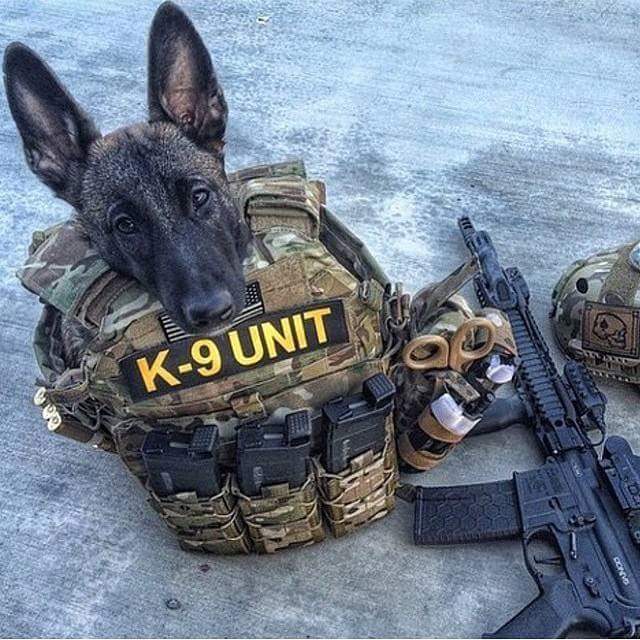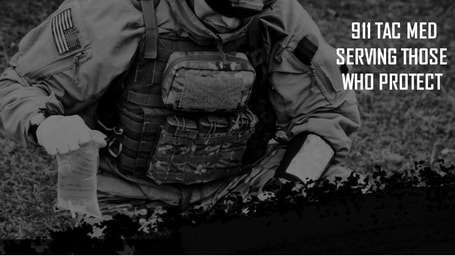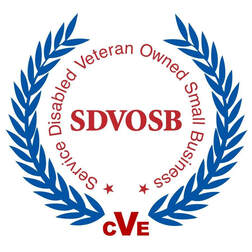THE CLASS WILL COVER THE FOLLOWING:
•Why Canine Emergency Care is important in our line of work for disaster relief, SAR, terrorist situations, drug interdiction, Law Enforcement, EOD, and more.
Just a few of the topics:
Muzzle
Anatomy
Heat Related Illness and Injury
Normal Daily Care and Austere Environment Care
Bleeding Control (wound packing and TQ use) (Note: regular TQs don't go on K-9s)
Airway (intubation, cric,)
Respiration (chest tap, tubes, X-ray)
Pharm (Don't worry we took the math out of it for you and made it easy)
Fluid Management (daily, handwork, and blood loss)
IV/IO Placement
Ingestion of Poisons
CBRNE Treatment
Stabilizing other K-9 Emergencies
And More
For civilian K-9 units, there are veterinarians everywhere, but not all of them are experienced in Emergency Medicine and Critical Care, especially GSW.
• As in human wounding, initial care is most critical, and that care is often given by the dog's human team-mates
• K-9s are often injured in high-risk missions involving disaster relief, SAR, and terrorist situations
•May be impractical or impossible to evacuate to a veterinarian
•Civilian-owned dogs frequently have limited budgets for vet care away from HQ2
•K-9s rely on the human medical infrastructure
Tier 1 -Basic K-9 education
Tier 2 -Advanced K-9 education -2 K-9 Specimens for skills
Tier 3 CALL FOR PRICING -Advanced K9 education -4 K-9 Specimens for skills -1 perfused -protocol integration w/ assistance in creation -supply list/bag creation help - rotation/clinical oversite - option to add on ready-made bags/supplies.
Please Contact For Details
Online K-9 TCCC / Trauma / Medical Course
THE CLASS WILL COVER THE FOLLOWING IN TCCC FORMAT:
•Why Canine Emergency Care is important in our line of work for disaster relief, SAR, terrorist situations, drug interdiction, Law Enforcement, EOD, and more.
Just a few of the topics:
Muzzle
Anatomy
Heat Related Illness and Injury
Normal Daily Care and Austere Environment Care
Bleeding Control (wound packing and TQ use) (Note: regular TQs don't go on K-9s)
Airway (intubation, cric,)
Respiration (chest tap, tubes, X-ray)
Pharm (Don't worry we took the math out of it for you and made it easy)
Fluid Management (daily, handwork, and blood loss)
IV/IO Placement
Ingestion of Poisons
Stabilizing other K-9 Emergencies
And More
For civilian K-9 units, there are veterinarians everywhere, but not all of them are experienced in Emergency Medicine and Critical Care, especially GSW.
• As in human wounding, initial care is most critical, and that care is often given by the dog's human team-mates
• K-9s are often injured in high-risk missions involving disaster relief, SAR, and terrorist situations
•May be impractical or impossible to evacuate to a veterinarian
•Civilian-owned dogs frequently have limited budgets for vet care away from HQ2
•K-9s rely on the human medical infrastructure
You will recielve a login to the 911 Tactical Medicine Digital Classroom with access to your course. You will have access to your course for 14 days.
On Sale
On Sale
K-9 Medical & Trauma Training
K-9 Trauma Training
•Why Canine Emergency Care is important in our line of work for disaster relief, SAR, terrorist situations, drug interdiction, Law Enforcement, EOD, and more.
For civilian K-9 units, there are veterinarians everywhere, but not all of them are experienced in Emergency Medicine and Critical Care, especially GSW
.
• As in human wounding, initial care is most critical, and that care is often given by the dog's human team-mates
• K-9s are often injured in high-risk missions involving disaster relief, SAR, and terrorist situations
•May be impractical or impossible to evacuate to a veterinarian
•Civilian-owned dogs frequently have limited budgets for vet care away from HQ2
•K-9s rely on the human medical infrastructure
Just a few of the topics:
Muzzle
Anatomy
Heat Related Illness and Injury
Normal Daily Care and Austere Environment Care
Bleeding Control (wound packing and TQ use) (Note: regular TQs don't go on K-9s)
Airway (intubation, trach,)
Respiration (chest tap, tubes, X-ray)
Pharm (Don't worry we took the math out of it for you and made it easy)
Fluid Management (daily, hard work, and blood loss)
IV/IO Placement
Ingestion of Poisons
CBRNE Treatment
Stabilizing other K-9 Emergencies
And More
Tier 1 -Basic K-9 education
Tier 2 -Advanced K-9 education
-2 K-9 Specimens for skills
Tier 3 CALL FOR PRICING
-Advanced K9 education
-4 K-9 Specimens for skills
-1 perfused
-protocol integration w/ assistance in creation
-supply list/bag creation help
- rotation/clinical oversite
- option to add on ready-made bags/supplies


